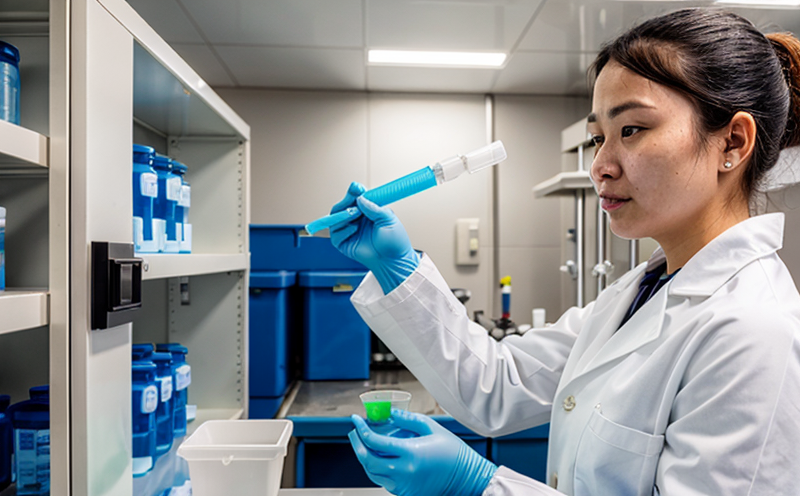USP Swab Microbial Recovery Testing
The USP Swab Microbial Recovery (MVR) testing is a critical procedure in pharmaceutical quality assurance, designed to assess the effectiveness of sterility testing methods. This test ensures that any swab samples collected from surfaces or equipment used in production environments do not contain viable microorganisms capable of causing contamination during drug manufacturing processes.
During this process, swabs are taken from various locations within a facility where there is potential for microbial growth, including but not limited to packaging areas, processing lines, and storage units. These swabs are then incubated under controlled conditions to allow any present microorganisms to grow into colonies that can be visually inspected and quantified.
The USP MVR test follows stringent guidelines outlined in the United States Pharmacopeia (USP), which sets standards for drug quality, purity, and potency. Compliance with these regulations is essential not only for maintaining high safety standards but also to ensure regulatory compliance and market access.
One of the key aspects of this testing method involves understanding the parameters involved in both sample collection and incubation periods. Samples are typically collected using sterile cotton swabs, which must be handled with care to avoid introducing additional contaminants into the sample. After collection, these swabs are placed directly into appropriate transport media designed specifically for preserving microbial viability.
The incubation period is another crucial factor; it determines how long microorganisms will be allowed to grow before being counted and analyzed. Depending on the type of microorganism expected in a particular environment, this time can vary widely—from hours to days. For instance, some bacteria may take up to 48 hours to fully develop visible colonies on agar plates, while others might only require 24 hours.
Accurate interpretation of results is also paramount; any detected colonies must be identified correctly using standardized methods such as API strips or MALDI-TOF mass spectrometry. This step ensures accurate reporting and helps facilities pinpoint sources of contamination if necessary. Additionally, statistical analysis plays a role in determining whether the number of recovered organisms falls within acceptable limits set forth by relevant guidelines like those provided by USP.
| Sample Collection | Incubation Periods | Identification Methods |
|---|---|---|
| Careful use of sterile swabs | Varies by organism (e.g., 24-72 hours) | API strips, MALDI-TOF mass spectrometry |
Why Choose This Test
- Safeguards against contamination risks during production.
- Ensures adherence to USP standards for pharmaceutical quality assurance.
- Promotes regulatory compliance and market access.
- Reduces the likelihood of product recalls due to microbial contamination issues.
- Improves overall patient safety by minimizing exposure to potentially harmful pathogens.
International Acceptance and Recognition
The USP Swab Microbial Recovery Test is widely recognized internationally due to its rigorous standards and consistent results across different laboratories. Many countries adopt similar practices when conducting sterility testing, making this method highly transferable globally.
Absence of contamination in swab samples indicates that the production environment meets strict hygiene requirements, thereby enhancing trust among consumers who rely on pharmaceutical products for their health needs. This level of assurance is particularly important given increasing global concerns about antibiotic resistance and other microbial threats.
Use Cases and Application Examples
- In-process monitoring during manufacturing processes involving sterile drugs.
- Prior to major cleaning activities in cleanroom facilities.
- To ensure that equipment used in sensitive areas remains free from microbial growth.
- As part of routine audits and inspections conducted by regulatory bodies.
| Use Case | Application Example |
|---|---|
| In-process monitoring during manufacturing processes involving sterile drugs. | Testing the surfaces of filling machines before their next use to ensure no contamination occurred during previous runs. |
| Prior to major cleaning activities in cleanroom facilities. | Conducting MVR tests immediately after a cleanroom has undergone extensive sterilization procedures to verify that all surfaces are free from viable microorganisms. |





